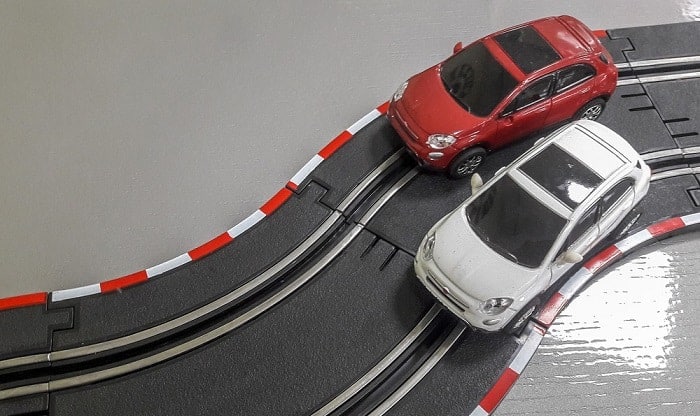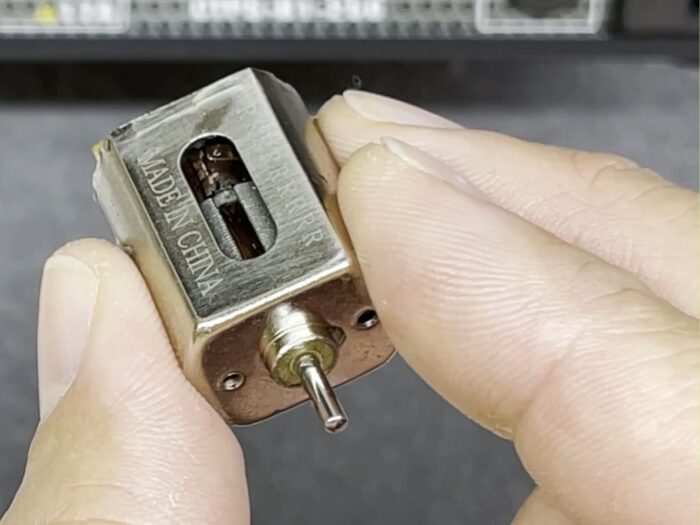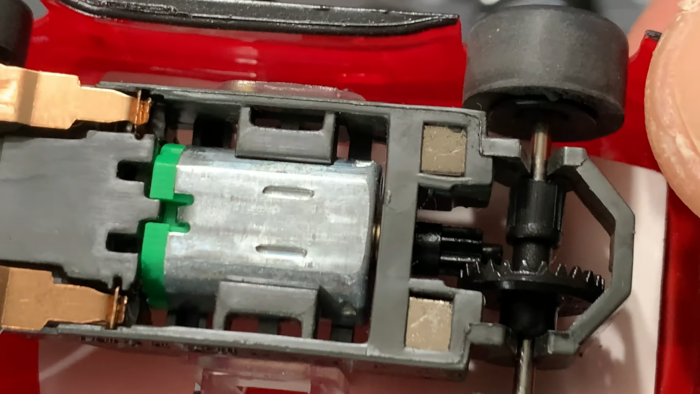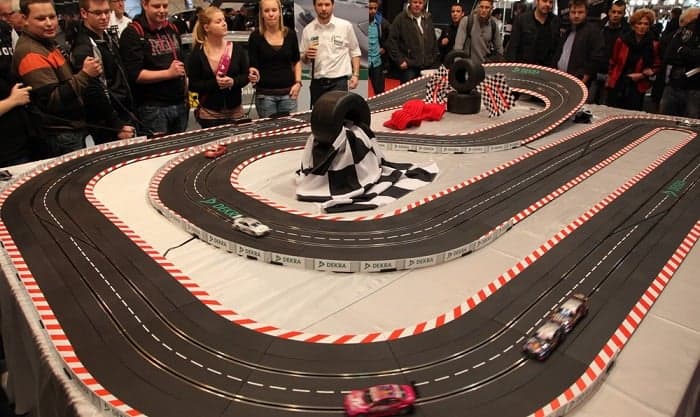Usually, anyone who likes speed and competition will be into slot car racing. It is an exciting and interactive hobby enjoyed by many automobile fans. Besides, it is a fantastic alternative to video games with the added skill set benefit of remaining physical.
If you like different games and want to spend time on them profitably, you can try yourself in-game tester jobs on Jooble – even if you have no experience at all! Thus you could make your hobby a part of your career and get a great experience as well as master your skills.
One’s slot RC car must have the speed required to overtake its rivals. Many enthusiasts alter their ho scale slot cars for faster momentum.
For beginners, you might be searching the Internet on how to make a slot RC car motor faster. If you are here for that, then you are in the right place.
Slot cars are more than just miniature mock-ups of actual vehicles. A driver’s skill plays a significant role during any race, but it is still necessary to adjust slot RC cars to reach faster speeds. The majority of slot car fanatics modify their racers for better performance.
If you read on, you can make your slot car faster with the five steps of tuning the motor of the car that we have prepared:
Table of Contents
What You Will Need
- Slot car
- Screwdriver
- Bowl of distilled water
- Motor analyzer
- Power supply
How to Make a Slot Car Motor Faster
Burning in the motor is a method that is used to make a slot car faster. It improves the performance and permits the slot car to race.
If you have all the things you need, proceed with the steps.
Step 1: Pop the motor out
Start by carefully removing the shell of the ho scale slot car, which typically snaps off or is secured by small screws.
Once exposed, use a screwdriver to gently pry the motor from its mount within the chassis.
Step 2: Check the initial speed
Connect the motor to a motor analyzer using the power source terminals of the slot car.
This setup allows you to measure the motor’s initial speed.
Record the RPM (revolutions per minute) for later comparison and move on to the next phase of tuning.
Step 3: Submerge in water
Fasten the motor to the power supply’s electrical contacts, commonly referred to as braids.
Submerge the motor entirely in a bowl of distilled water.
This step is critical for cleaning and smoothing the motor’s internal components, which can enhance performance.
Step 4: Change voltage
While the motor is submerged, run it for about 20 minutes.
Adjust the voltage periodically: start at a low setting and gradually increase to medium and high, maintaining each level for approximately five minutes.
This process helps in seating the brushes and ensuring smooth operation across different speeds.
Step 5: Run the speed
After the water break-in, disconnect the motor from the power supply and remove it from the water.
Dry it thoroughly and then run it at a speed that matches what will be used during a race.
Measure the RPM post-tuning to evaluate any improvements.
Once satisfied with the performance, reassemble the slot car and conduct a test drive to ensure everything is functioning correctly.
Tip: Inspect the entire car and check for any too loose or too tight sections. Make the necessary adjustments.
Slot Car Types
Slot cars come in many sizes but the three most commonly used are the following:
1:24 scale
In this category, miniature RC cars are built wherein one unit of length is equivalent to 24 units on the actual vehicle.
A slot RC car in this size would need larger tracks, which can be impractical to home enthusiasts with limited floor space.
Usually, this scale usage is at clubs or commercial tracks.
1:32 scale
This is a smaller scale that is ideal for home-sized courses. Generally, the 1:32 scale is widely used at homes, commercial establishments, clubs, and hobby shops.
It is the most popular scale used in Europe.
Its size is equal to the old number one gauge or the standard size toy train.
HO-size
Ho scale slot cars in this scale vary in scale because most of them are designated to market as model railroad accessories.
The HO scale is 1:87 and is the smallest of the three.
Racing using this car scale evolved to take on more powerful motors.
It is now in the 1:64 or larger but is still associated with HO scale slot cars.
Other than these major scales, there are also slot RC cars in the 1:48 and 1:43 scalings.
These are commercially designed to correspond to the O gauge model trains.
Slot Car Components
The traditional and most widely used is the 1:32 scale. Each type of slot car comes with different parts, but it is closely similar. Let’s have a detailed look at the essential elements that most slot cars have.
Body (Shell)
The body, also referred to as the shell, is a critical component crafted from solid molded plastic that snugly fits over the slot car’s chassis.
For those focused on building a high-performance slot RC car, achieving the perfect balance in weight and its distribution is essential.
A lighter or more aerodynamically shaped body can significantly enhance speed and handling, making it a focal point for tuning.
Motor
Positioned typically in the middle, rear, or front of the vehicle, the motor is the heart of the slot car.
The motor’s performance, measured in revolutions per minute (RPM), is directly influenced by the voltage it receives.
Adjusting the voltage can alter the RPM, thus impacting the ho scale slot car’s speed and acceleration capabilities.
Upgrading the motor or optimizing its voltage input is a common strategy for improving overall performance.
Braids
The braids, made of copper or steel, serve as the contact points between the slot car and the track’s power rails.
They ensure a consistent electrical connection, which is crucial for maintaining power to the motor.
Regular maintenance and potential upgrading of the braids can lead to improved electrical conductivity and fewer interruptions during a race.
Guide (Guide Flag)
Located underneath the chassis, the guide flag is a pivotal piece of plastic that directs the car along the track.
It plays a vital role in steering and stability, keeping the car in its slot on the track.
An optimized guide flag can enhance cornering ability and reduce the likelihood of derailments.
Gears
Gears transfer the motor’s power to the wheels, influencing the vehicle’s acceleration and top speed.
Gear sets typically consist of a pinion gear on the motor and a larger spur gear on the axle.
Choosing the right gear ratio, or upgrading to high-performance aftermarket gears, can significantly boost speed or improve acceleration, depending on the racing conditions and track layout.
Magnets
Strategically placed in the front and rear, magnets add essential downforce to the slot RC car, which helps maintain traction and prevent the car from sliding off the track during high-speed maneuvers.
Adjusting the strength and position of these magnets can tailor the car’s handling characteristics to suit different tracks or racing styles. If you build your own, you will have a much better idea about magnets.
Modern Features
Many modern slot cars are equipped with microchips that enhance the racing experience.
These chips allow for digital control, enabling them to race on the same track simultaneously without interference and to change lanes at predetermined points.
The digital integration opens up new strategies and dynamics in slot car racing, making it more competitive and engaging.
Final Thoughts
You can win slot car races with a fast motor. If you have reached the end of this tutorial, you will have a higher chance of winning your next race.
Follow the step-by-step guide that we have, and you will surely finish on the top.
We hope that you find this tutorial on how to make a slot car motor faster helpful. Were you able to learn several vital pieces of information about slot cars?
Comment your thoughts below. Do you know someone who loves slot car racing? Please share this article with them!






